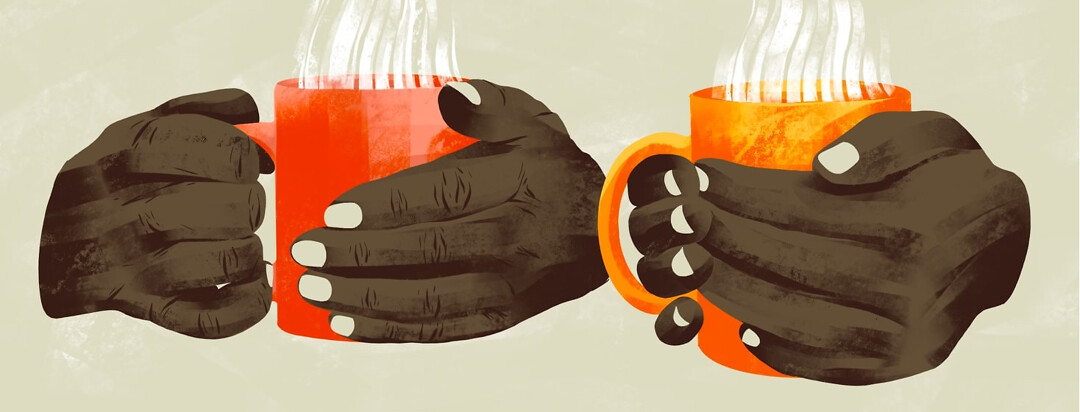Coffee, Tea, and Atopic Dermatitis
I was on my computer the other morning doing some research on herbal remedies for eczema. When I went to open another page, I realized I had finished my third cup of coffee, and it was still early! It’s too easy to do when the coffee pot is one of those single-serve pod types. That led me to look into choosing herbal or green teas as replacements. I like green tea with lemon, so I decided to allow myself only one cup of coffee, followed by one of these hopefully healthier options.
Time to do some research. Would I be better off with decaf coffee, black tea, green or white tea, or even oolong tea?
A look at coffee
According to the Mayo Clinic, an 8 oz cup of coffee contains 96 mg of caffeine, while black tea has 47 mg and green tea even less at 28 mg. They say that up to 400 milligrams is safe for most people.1 But using my 10 oz cup means 3 cups of coffee would be my limit. Of course, maybe just switching to decaf would be good enough.
But what else is going on in our bodies when we consume large amounts of coffee?
Caffeine is said to be the world’s most frequently consumed stimulant drug. It occurs naturally in foods and beverages like coffee, tea, and chocolate.
If I miss my daily dose of caffeine completely, I develop a headache by the evening, which, to me, signals it’s doing something to my brain! Something that is probably not all that good for anyone.
A look at teas
So now, on to different kinds of tea. If I’m going to start having some form of tea regularly, I might as well try to discover which is best for me. To begin, I found that certain ones can even have a beneficial effect on my eczema.
Green tea
Green tea is rich in antioxidants and polyphenols which help reduce the risk of inflammation. We all know inflammation is involved in our atopic dermatitis. An anti-inflammatory morning tea might hopefully help with the itching.
White tea
Both green and white tea contain the same antioxidants, trace minerals, and nutrients, but white tea has a higher number of antioxidants than green, which gives it a slight edge. It has a mild taste which I love, but it is slightly more expensive.
Oolong tea
Oolong tea is touted to have many different health benefits, including for the skin, but I find it has a different, distinct flavor. It is partially fermented, which places it in between green and black tea.
One study had participants with recalcitrant atopic dermatitis drink 1000 ml of oolong tea daily. 63% showed marked to moderate improvement of their condition after 1 month. But a beneficial effect was noticed at just 1 or 2 weeks! They concluded, “it seems reasonable to consider that oolong tea affords a substantial benefit in the management of at least some patients with recalcitrant AD.”2
So which is better?

From what I’ve found, it looks like oolong tea is the way to go: less caffeine and the chance of helping my atopic dermatitis. Now to find which brand best suits my taste buds. Have you noticed a connection between your caffeine and your skin?

Join the conversation